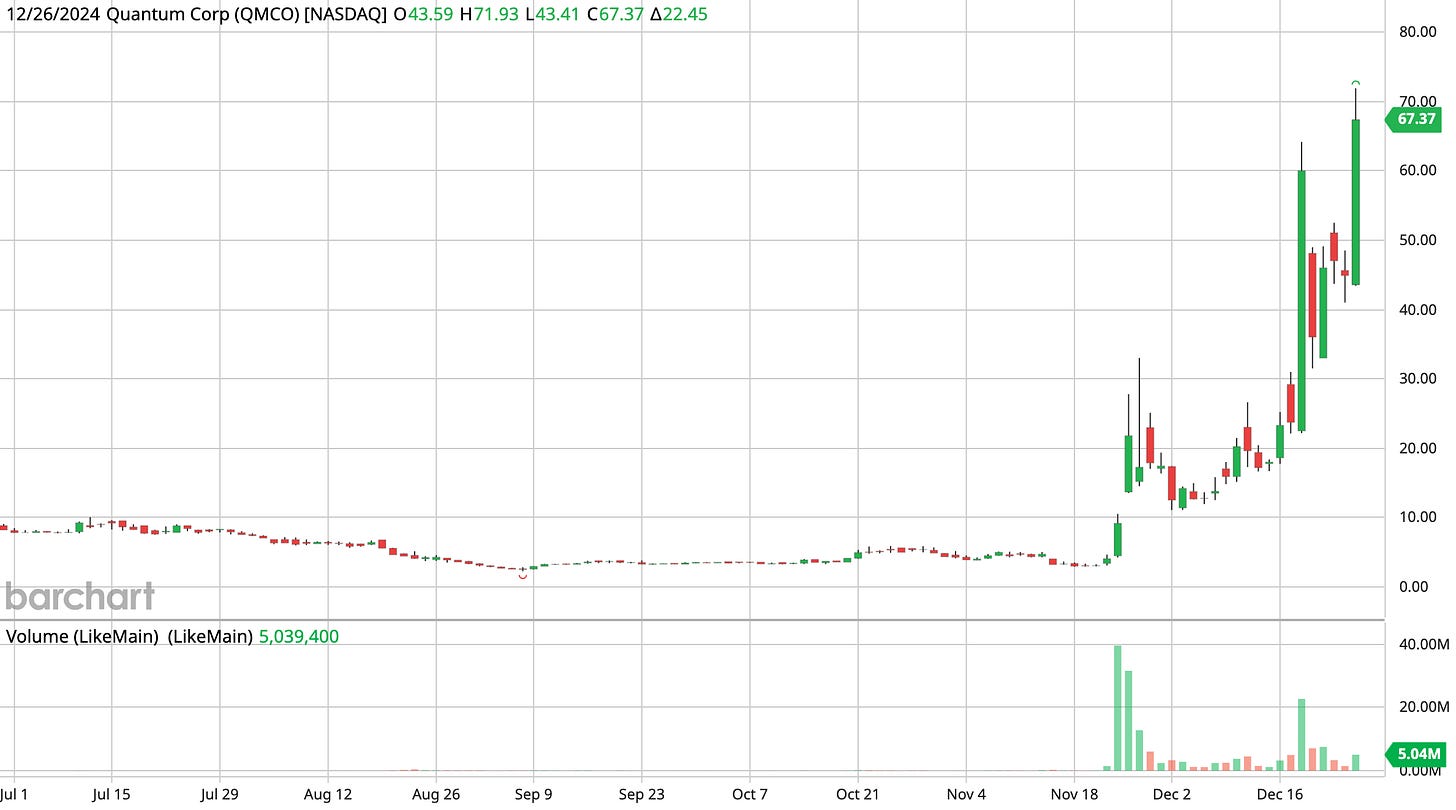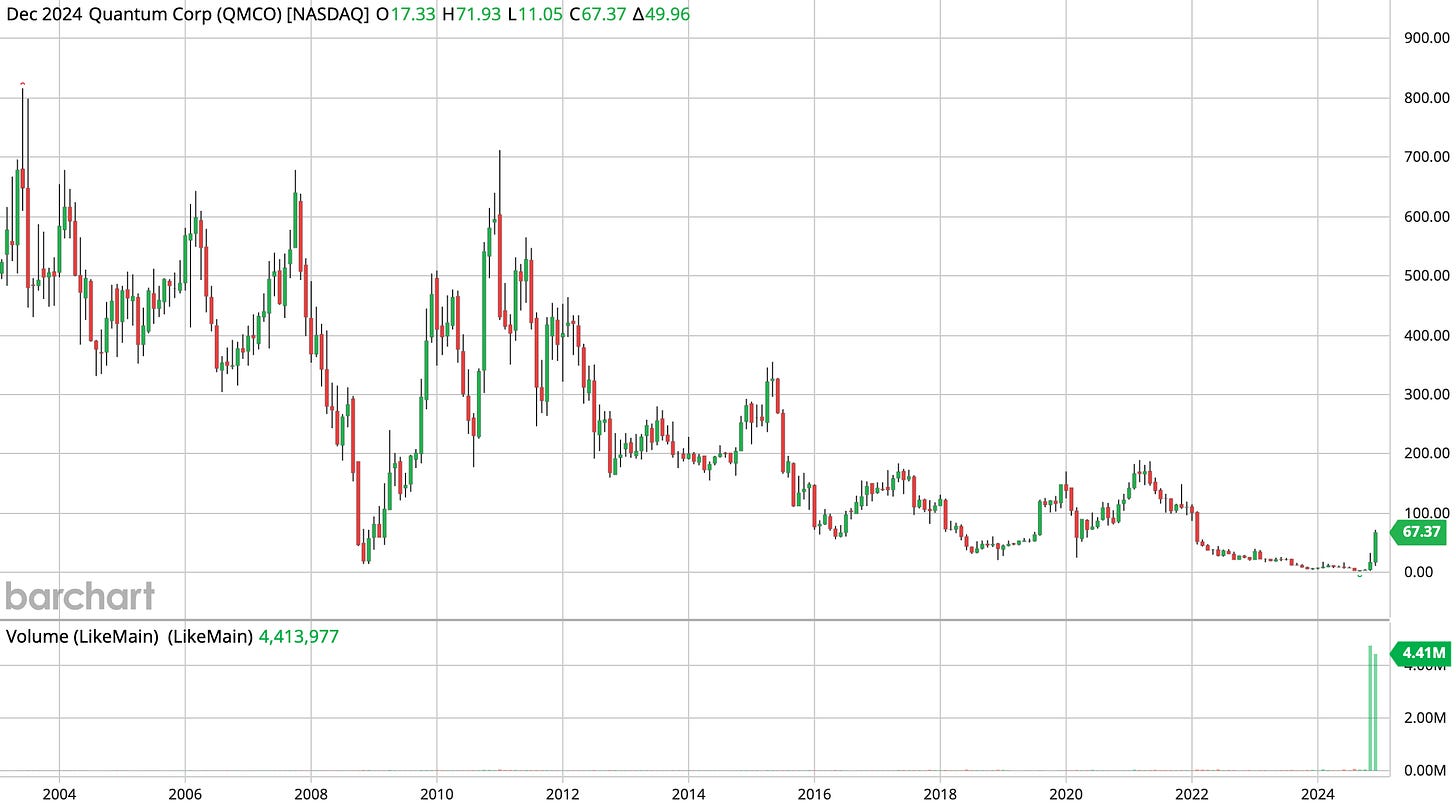Quantum Corporation: A New Step in Technology or a Business Challenge?
What will Myriad's new GPU-optimized client bring: innovation or new hurdles?
Quantum Corporation (NASDAQ: QMCO) – isn’t it an intriguing example of a company striving to leap ahead to secure its place in the tech world? Recently, they announced the development of a new parallel file system client for Quantum Myriad® all-flash storage. Sounds impressive, doesn’t it? But what does it actually mean? Here’s a story with real-world observations and a few questions to help make things clearer.
Imagine this: you’re engaged in high-performance computing or training a machine learning model. Every time your GPU idles due to bottlenecks in the system, it feels like money flying out the window. Quantum claims their new client, built using NVIDIA GPUDirect Storage®, addresses this exact issue, creating a direct pathway between storage and GPU memory. I can’t help but wonder: how realistic are these promises, and what will the early adopters in the beta program have to say?
You need to read this first:
Financial reports Quantum Corp
Here’s an interesting fact: this client allows GPU nodes to be added to Myriad clusters “on the fly.” It’s akin to adding ingredients to a recipe without stopping the cooking process. But will this be enough to capture the attention of major market players? Let’s consider a real-world example. Picture a company using Myriad for high-resolution video rendering. They add a GPU node to speed up the process. The result? They complete the project ahead of schedule. However, the question arises: can they just as easily scale up performance under massive data loads?
Jeff Mulder, Quantum’s Director of Business Development, is confident the new client is revolutionary. In his words, “We aim to make Myriad the simplest and most efficient data storage solution.” But let’s be honest: don’t such statements often sound overly optimistic? In reality, every innovation faces challenges. For instance, adopting such technologies may place additional strain on IT departments and increase training costs.
From a financial perspective, things look a bit more complicated. Recent data shows the company’s revenue declined by 6.9%, while net losses grew from $3.3 million to $13.5 million in Q3 2024. This raises the question: can projects like the new Myriad client pull the company out of its tough spot? Interestingly, 54% of the revenue comes from the Americas. What does this say about the company’s dependency on local demand?
Now, let’s talk about the stock. A recent surge in QMCO’s price—from below $10 to over $70—seems driven by strong interest in the company’s products. But how often do we see such "jumps" followed by pullbacks? Breaking key resistance levels signals strong bullish sentiment. However, a consolidation or pullback to the $50–$60 range might follow soon. The question is, can traders lock in profits at the right time?
If you’re a long-term investor, you’re probably asking: “Is it worth the risk?” High debt levels—$123 million—and growing losses are concerning. The company’s cash reserves have dropped from $25.7 million to $16.7 million, indicating reduced financial stability. At the same time, Quantum Myriad technologies seem promising, especially for markets linked to rendering and AI/ML.
What’s next? The company needs to prove its technologies can not only impress on paper but also deliver real value to clients—and, of course, investors. The early access program launches in Q1 2025. But the question remains: will that be enough to maintain interest in the stock? Time will tell.
In conclusion: Quantum Corporation’s story is not just about new technologies but also about the struggle for survival in a competitive environment. Will they succeed? As an observer, I can’t help but admire their ambitions while simultaneously questioning if they have the endurance for the long haul.





